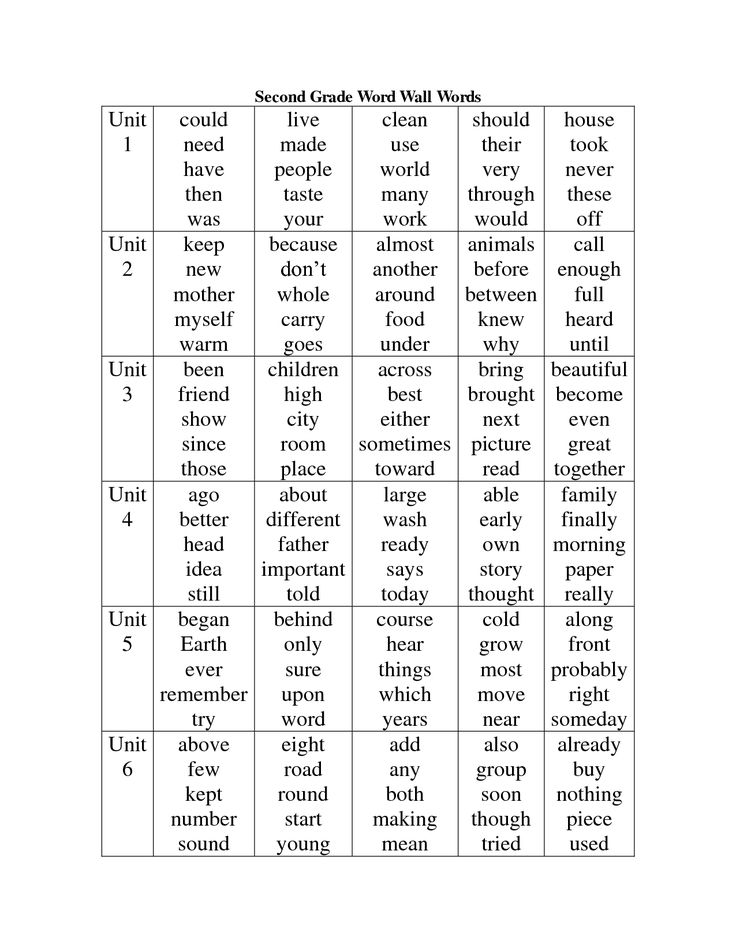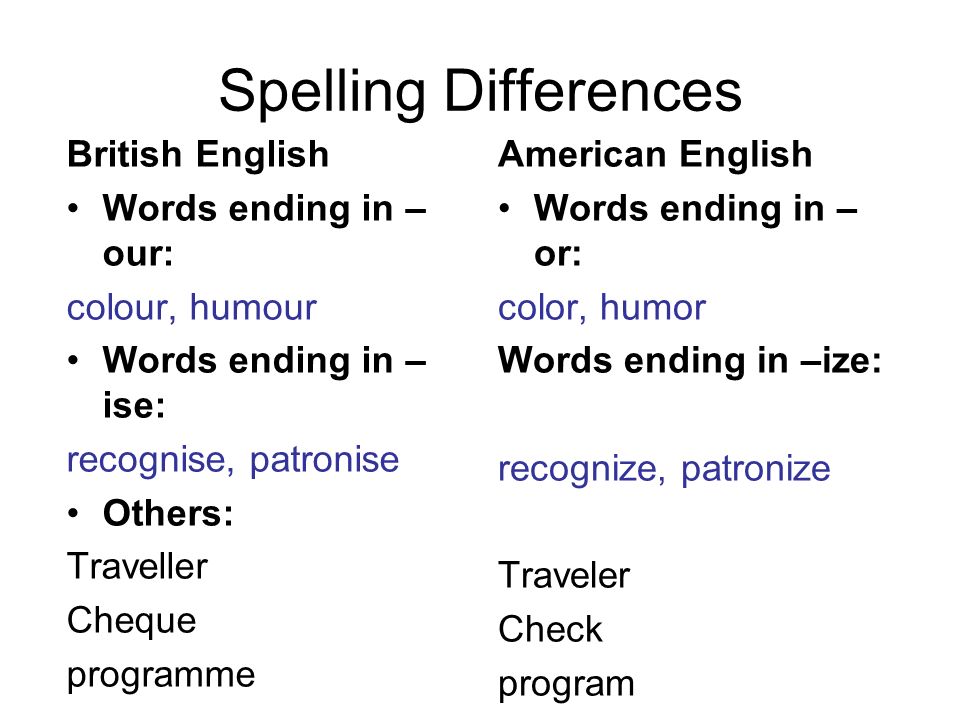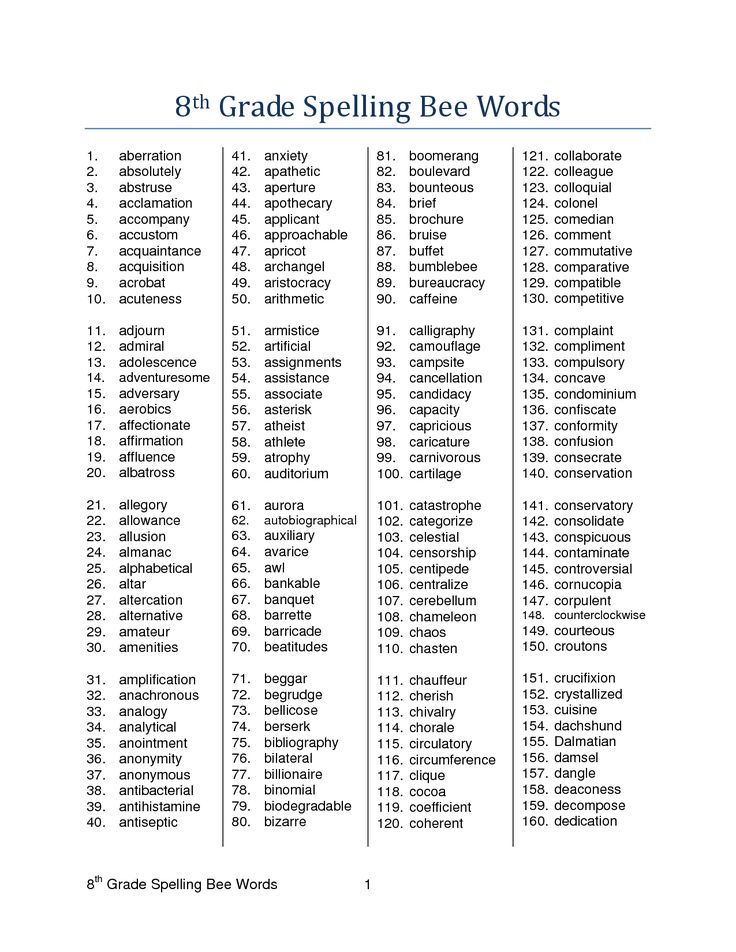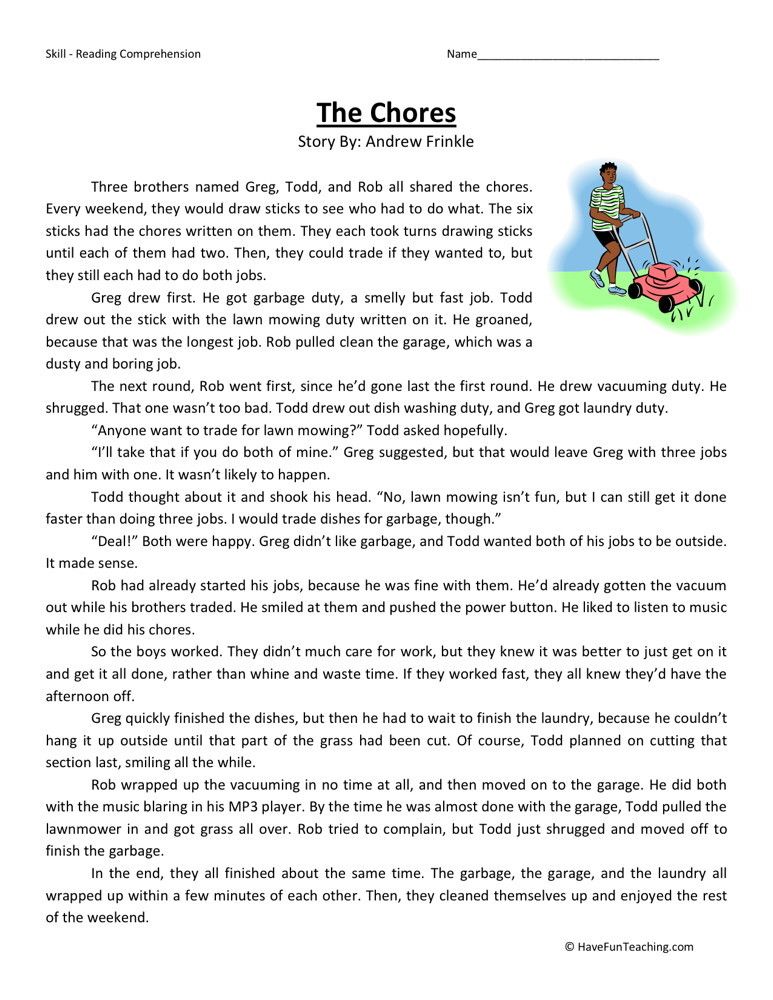Absolute value definition kids
Teaching Absolute Value of a Number in Math
- Tweet Tweet
-
Share
Share - Pin Save
- Connect Connect
If you're teaching math to students who are ready to learn about absolute value, typically around Grade 6, here's an overview of the topic, along with two lessons to introduce and develop the concept with your students.
What Does Absolute Value Mean?
Absolute value describes the distance from zero that a number is on the number line, without considering direction. The absolute value of a number is never negative. Take a look at some examples.
- The absolute value of 5 is 5. The distance from 5 to 0 is 5 units.
- The absolute value of –5 is 5. The distance from –5 to 0 is 5 units.
- The absolute value of 2 + (–7) is 5. When representing the sum on a number line, the resulting point is 5 units from zero.
- The absolute value of 0 is 0. (This is why we don't say that the absolute value of a number is positive. Zero is neither negative nor positive.)
Absolute Value Examples and Equations
The most common way to represent the absolute value of a number or expression is to surround it with the absolute value symbol: two vertical straight lines.
- |6| = 6 means “the absolute value of 6 is 6.”
- |–6| = 6 means “the absolute value of –6 is 6.”
- |–2 – x| means “the absolute value of the expression –2 minus x.
 ”
” - –|x| means “the negative of the absolute value of x.”
The number line is not just a way to show distance from zero; it's also a useful way to graph equalities and inequalities that contain expressions with absolute value.
Consider the equation |x| = 2. To show x on the number line, you need to show every number whose absolute value is 2. There are exactly two places where that happens: at 2 and at –2:
Now consider |x| > 2. To show x on the number line, you need to show every number whose absolute value is greater than 2. When you graph this on a number line, use open dots at –2 and 2 to indicate that those numbers are not part of the graph:
In general, you get two sets of values for any inequality |x| > k or |x| ≥ k, where k is any number.
Now consider |x| ≤ 2. You are looking for numbers whose absolute values are less than or equal to 2. This is true for any number between 0 and 2, including both 0 and 2. It is also true for all of the opposite numbers between –2 and 0. When you graph this on a number line, the closed dots at –2 and 2 indicate that those numbers are included. This is due to the inequality using ≤ (less than or equal to) instead of < (less than).
You are looking for numbers whose absolute values are less than or equal to 2. This is true for any number between 0 and 2, including both 0 and 2. It is also true for all of the opposite numbers between –2 and 0. When you graph this on a number line, the closed dots at –2 and 2 indicate that those numbers are included. This is due to the inequality using ≤ (less than or equal to) instead of < (less than).
In general, you only get one set of values for any inequality |x| < k or |x| ≤ k, where k is any number.
One way to think about it is, you're still getting two sets of values (the "negative" set and the "positive" set), but because they meet at zero, they converge into one set. These inequalities can be rewritten without absolute value signs by writing the expression inside the absolute value as falling between two numbers:
- You can rewrite |x| < 2 like this: –2 < x < 2
- You can rewrite |x| ≤ 4 like this: –4 ≤ x ≤ 4
- You can rewrite |x + 6| < 25 like this: –25 < x + 6 < 25
Materials: A number line and colored dots that the entire class can see
Preparation: If you don't have a commercially prepared number line, draw one either on the chalkboard or on a long (preferably thin) sheet of paper. If teaching remotely, share an absolute value number line that the entire class can see. Include at least –20 to 20.
If teaching remotely, share an absolute value number line that the entire class can see. Include at least –20 to 20.
Standards:
- Interpret statements of inequality as the relative position of numbers on a number line. (6.NS.C.7.A)
- Create and interpret statements of order for rational numbers in real-world contexts. (6.NS.C.7.B)
Prerequisite Skills and Concepts: Students need to be familiar with the inequality symbols and how to make and use a number line. They also need to be able to compute with negative numbers.
- Stand so that the door is to your right.
- Ask: About how far am I from the door?Students should respond with an estimated number of feet.
- Ask: If I were blindfolded, how would you tell me where the door is?Students should respond with both the estimated number of feet and a direction. If students provide different units, even nonstandard ones like "steps" or "arm lengths," call attention to the differences and encourage them.

- Now, stand so that the door is to your left.
- Ask: About how far am I from the door now?Students should respond with an estimated number of feet.
- Ask: If I were blindfolded, how would you tell me where the door is?Students should respond with both the estimated length and a direction.
- Say: When I asked how far I was from the door, you gave me a number of feet, and it didn't matter which way I was facing. But, when I asked where the door was in relation to my position, you gave me a direction as well as a number, and then it did matter which way I was facing. Today, we'll discuss absolute value. Absolute value tells you how far a number is from zero. But it doesn't tell you which way to go! It doesn't tell you what direction a number is from zero.
- Point to 6 on the number line.
- Ask: What number is this? How far from zero is it?Continue this questioning with –6, 0, 14, and –14, and so forth, until you are sure that students can differentiate between a directed distance and an absolute distance.
 Reinforce the response to each distance question by saying, "The absolute value of [blank] is [blank]" and writing |___| = ___.
Reinforce the response to each distance question by saying, "The absolute value of [blank] is [blank]" and writing |___| = ___. - Divide the class into two teams. Team 1 is the Signed Numbers Team, and Team 2 is the Absolute Value Team.
- Ask: Can someone on Team 1 ask a question that would require a signed number—or a direction—as its answer?
You are looking for questions such as: What was the temperature in degrees Fahrenheit? How do I get to Lake Erie from here?If appropriate for you and your students, compare the different ways that signed numbers and direction appear in student answers. For example, a temperature value only has "direction" because degrees in Fahrenheit include negative and positive values, so a sign is needed for clarity. Directions to Lake Erie would require a variety of signed numbers: where to travel east (positive) vs. west (negative) and where to travel north (positive) vs. south (negative).
- Ask: Can someone on Team 2 ask the same question so that it does not require a signed number—or a direction—as its answer?
You are looking for questions such as: How far above zero degrees Fahrenheit was the temperature? How far north is Lake Erie from here?
Have the teams alternate going first, thinking of questions that require a signed or absolute number to answer, and then having the other team revise the question.
 Encourage students to be creative with their questions.
Encourage students to be creative with their questions. - Bring the full class together again. Place colored dots at –6 and +3 on the number line.
- Ask: How would you compare these two numbers?Elicit student responses and contrast differences in precision, order, and vocabulary. Ask students to both say and write the comparison: –6 < +3 or –6 < 3.
- Ask: How would you compare the absolute values of these two numbers?Ask students to both say and write the comparison. |–6| > |+3| or |–6| > |3|.
Discuss why the direction of the comparison symbol changed, using the large number line to illustrate what the students and you say. Do several more examples until you are satisfied that students can compare both signed numbers and absolute values.
Lesson 2: Developing the Concept
Materials: Index cards or digital "cards" that can be distributed among the class
Standards:
- Understand the absolute value of a rational number as its distance from 0 on the number line.
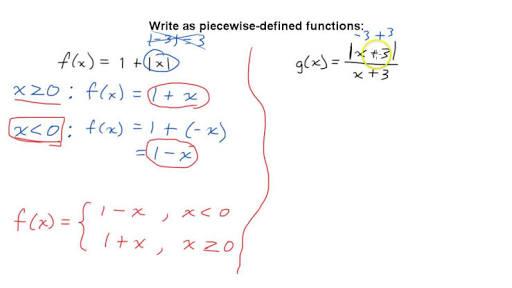 (6.NS.C.7.C)
(6.NS.C.7.C)
Preparation: Make cards for I Have…Who Has?
Wrap-Up and Assessment Game
- Ask students to write and share their own definitions and real-life examples of absolute value situations.
- Play I Have...Who Has? Make up a set of 15 index cards with absolute value equations and 15 index cards containing values for the variable. If index cards aren't available, or you're adapting this for remote learning, create a way for the 30 equations below to be distributed as equally as possible among your students.
| Absolute Value Cards | Variable Value Cards |
| |x + 5| = 20 | x = 15 |
| |5 – x| = 30 | x = –25 |
| |x + 6| = 41 | x = 35 |
| |–27 – x| = 20 | x = –47 |
| –7 + |x| = 0 | x = –7 |
| |25 – x| = 18 | x = 7 |
| |x + –5| = 38 | x = 43 |
| |37 – x| = 70 | x = –33 |
| 114 – |x| = 7 | x = 107 |
| |–x + 100| = 21 | x = 121 |
| –|1 + x| = -80 | x = 79 |
| |x| = 81 | x = –81 |
| |x + 3| = 84 | x = 81 |
| |25 + x| = 62 | x = –87 |
| |x – 26| = 11 | x = 37 |
Each Absolute Value Card listed has two values for x.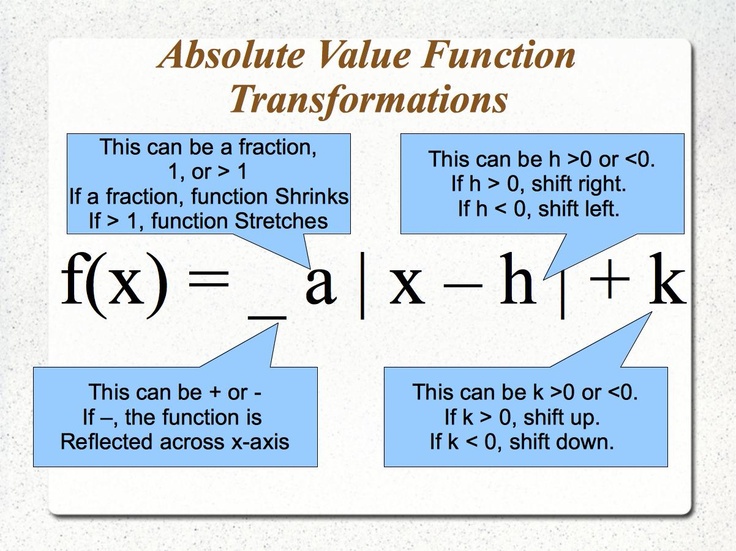 These values overlap so that each Variable Value Card satisfies two of the given absolute value equations (the first and second values satisfy the first equation, the second and third values satisfy the second equation, and so on, until the last and first values satisfy the last equation).
These values overlap so that each Variable Value Card satisfies two of the given absolute value equations (the first and second values satisfy the first equation, the second and third values satisfy the second equation, and so on, until the last and first values satisfy the last equation).
Distribute the cards or equations equally. Be sure they've all been distributed. Choose a student to say "I have" and then read the value or equation on their card. Then have the student say "Who has a match for my card?" Any student with a match should say "I Have…Who Has…," and the game proceeds until all cards have been read. You might have students stand when the game starts and sit as they offer a response. To keep all engaged, offer a reward for successful completion of the game, encouraging challenges to suspect responses.
***
Looking for a math curriculum that will grow student confidence in mathematics and provide you with rich lessons and activities for middle school students? Explore HMH Into Math, our core math solution for Grades K–8.
Math Activities & Lessons Grades 6-8
Be the first to read the latest from Shaped.
Related Posts
Absolute value Facts for Kids
Kids Encyclopedia Facts
The graph of the absolute value function for real numbers.
In mathematics, the absolute value or modulus of a real number x, written as |x| or , is the non-negative value of x when the sign is dropped. That is, |x| = x for a positive x, |x| = −x for a negative x (in which case −x is positive), and |0| = 0.
For example, the absolute value of 3 is 3, and the absolute value of −3 is also 3. The absolute value of a real number may be thought of as its distance from zero. It can be defined as follows:
Similarly, the absolute value (or modulus) of a complex number may be thought of as its distance from the origin. It is defined by the equation
It is defined by the equation
Contents
- Properties
- Real numbers
- Complex numbers
- Related pages
Properties
Real numbers
For any real number x, the absolute value of x is denoted by | x | (a vertical bar on each side of the quantity), and is defined as
The absolute value of x is always either positive or zero, but never negative. From an analytic geometry point of view, the absolute value of a real number is that number's distance from zero along the real number line. The absolute value of the difference of two real numbers is the distance between them.
In calculus, the absolute value function is differentiable except at 0. It is everywhere continuous.
In linear algebra, the norm of a vector is defined similarly as the distance from the tip of the vector to the origin. This is similar to the way the absolute value of a complex number is defined.
The square-root notation without sign represents the positive square root. So, it follows that
-
(1)
which is sometimes used as a definition of absolute value.
The absolute value has the following four main properties:
-
(2) Non-negativity (3) Positive-definiteness (4) Multiplicativeness (5) Subadditivity
Other important properties of the absolute value include:
-
(6) Idempotence (the absolute value of the absolute value is the absolute value) (7) Symmetry (8) Identity of indiscernibles (equivalent to positive-definiteness) (9) Triangle inequality (equivalent to subadditivity) (10) Preservation of division (equivalent to multiplicativeness) (11) (equivalent to subadditivity)
Two other useful properties related to inequalities are:
These relations may be used to solve inequalities involving absolute values.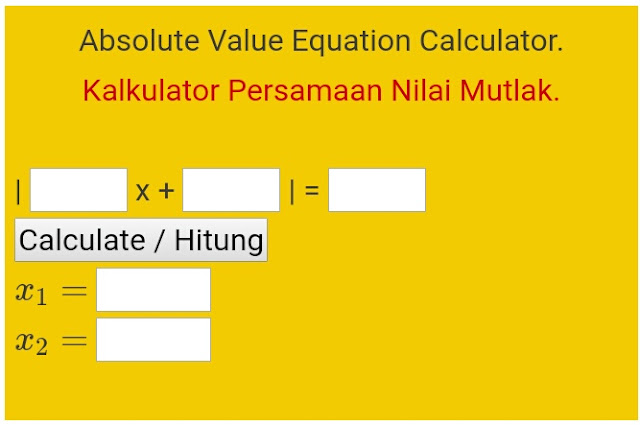 For example:
For example:
Diagram showing , the modulus of z.
Complex numbers
For a complex number , where x is the real part of z and y is the imaginary part of z,
Related pages
- Magnitude (mathematics)
- Vertical bar
All content from Kiddle encyclopedia articles (including the article images and facts) can be freely used under Attribution-ShareAlike license, unless stated otherwise. Cite this article:
Absolute value Facts for Kids. Kiddle Encyclopedia.
ANC and neutropenia in children with cancer
Absolute neutrophil count (ACN) measures the body's ability to fight infections, particularly bacterial infections. Another name for this analysis is “the content of neutrophils in the patient's body”.
The ANC test measures the number of neutrophils in the blood. Neutrophils are a type of white blood cell that kill bacteria.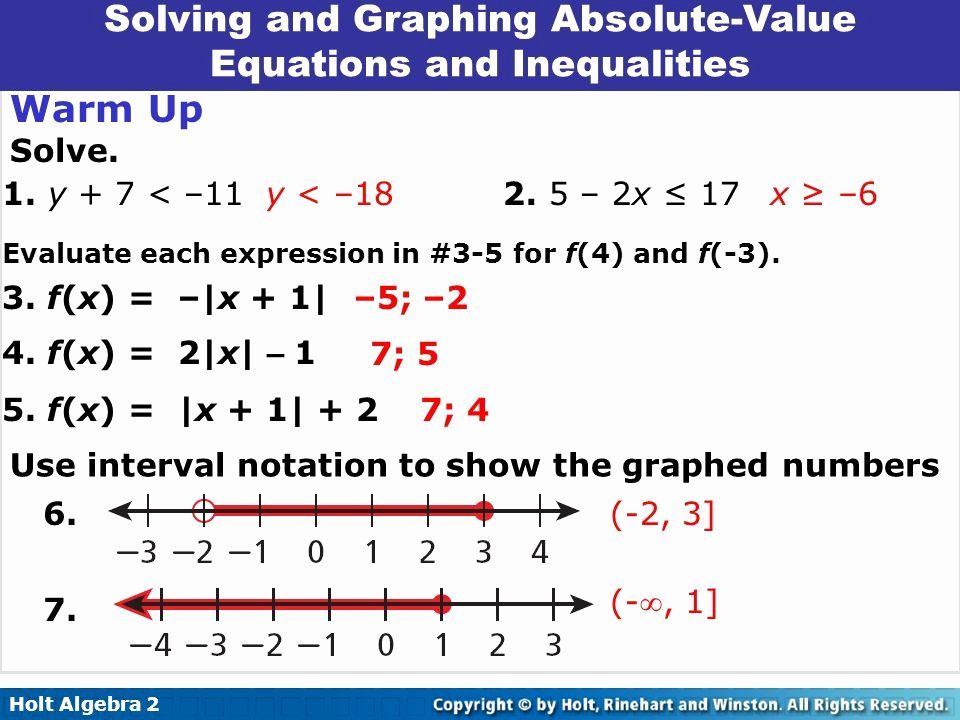
Neutrophils are the most common type of white blood cells. They move to the site of infection and secrete enzymes to fight foreign viruses and bacteria.
The absolute neutrophil count (ANC) measures the body's ability to fight infections, particularly bacterial infections. Another name for this analysis is “the content of neutrophils in the patient's body”.
The ANC test measures the number of neutrophils in the blood. Neutrophils are a type of white blood cell that kill bacteria.
A neutrophil level below normal (less than 500) is called neutropenia.
If this value falls below 100, severe neutropenia is observed.
The lower the patient's ANC, the higher the risk of infection.
Infection can be life threatening for a cancer patient and therefore requires immediate medical attention.
Causes of neutropenia
Cancer treatments (eg, chemotherapy) may lower ANC and cause neutropenia. This is a common side effect. As a rule, chemotherapy drugs lead to a decrease in ANC in a patient 7–14 days after administration. The time during which the number of neutrophils decreases depends on the dose and type of drug.
This is a common side effect. As a rule, chemotherapy drugs lead to a decrease in ANC in a patient 7–14 days after administration. The time during which the number of neutrophils decreases depends on the dose and type of drug.
Cancers that affect the bone marrow, such as leukemia or lymphoma, can also cause low neutrophil levels.
In some cases, a drop in the level of neutrophils can be caused by radiation.
Calculation of ANC
Neutrophil count is carried out as part of a complete clinical blood test.
| Risk of infection | ACC value |
|---|---|
| Highest | Less than 500 |
| Moderate | 500-1000 |
| Low | Over 1000 |
In most cases, the results of the complete clinical blood test already indicate the ANC value. To determine ANC, multiply the number of leukocytes (white blood cells) by the proportion of segmented and stab neutrophils.
To determine ANC, multiply the number of leukocytes (white blood cells) by the proportion of segmented and stab neutrophils.
One section of the laboratory report lists the total number of leukocytes (white blood cells) and the leukocyte formula, where each type of leukocyte is presented as a percentage of the total. For example, if the total white blood cell count is 1500 in mm 3 , then the leukocyte formula may look like this:
Example
WBC count — 1500
x 0.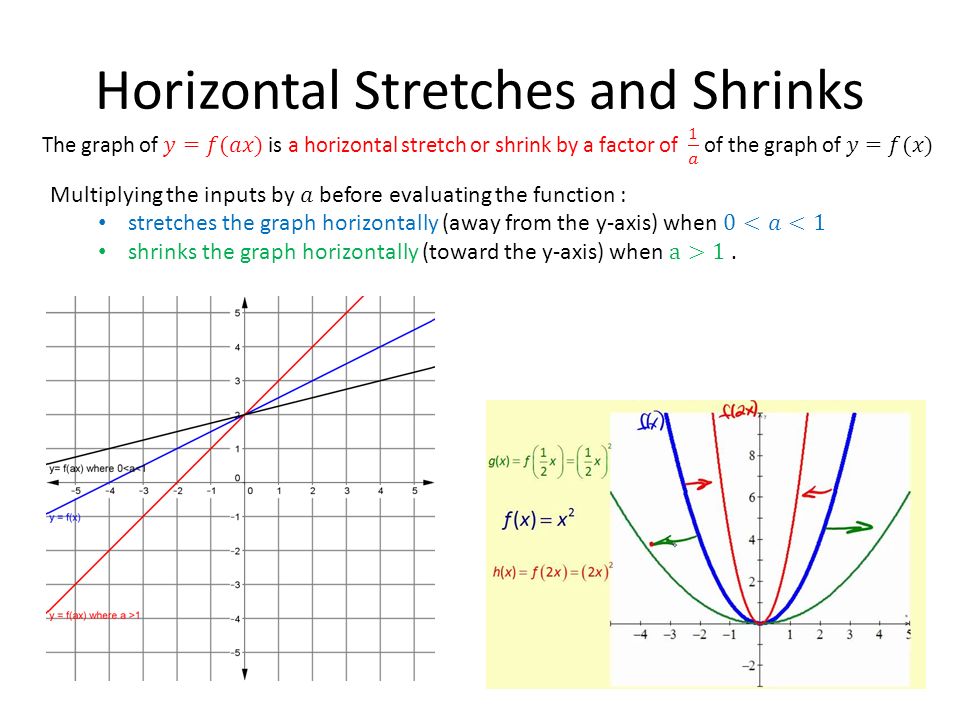 50 (49% segmented + 1% stab = 50%)
50 (49% segmented + 1% stab = 50%)
ANC — 750
ANC and everyday life
Sometimes the family life of a child with cancer revolves around ANC scores.
If these values are low, the patient may be given growth factor preparations. These drugs are used to increase the number of white blood cells.
If the patient is neutropenic, they may be advised to avoid going to public places (eg, schools). A doctor may advise wearing a medical mask to reduce the risk of infection. In some cases, hospitalization may be required.
If the ANC is too low, the doctor may decide to delay chemotherapy.
Each hospital has its own guidelines for children with low ANC.
-
Modified June 2018
Deciphering your measurements
Determining body composition is the percentage of bones, fat, water and muscle in the human body. All of these factors can be measured.
On this page we will try to explain to you what measurements are and how they affect your body.
In 1992, Tanita patented a new technology for Bioelectrical Impedance Analysis (BIA) of body composition (a method based on measuring the bioelectrical resistance of body tissues). Bioimpedance analysis allows you to assess the risk of developing or having various diseases, determine the biological age of a person, choose the optimal method of losing weight and the level of physical activity, and at the same time monitor the results throughout the entire period of work on a weight loss and / or muscle building program.
Thanks to the unique patented Advanced Dual Bioelectrical Impedance Analysis Technology (using two different electrical frequencies 50 kHz and 6.25 kHz, 100 µA), body composition analysis is carried out with an accuracy of 0.1%.
This Body Composition Monitor is intended for adults aged 18-99 years. Children aged 5-17 years can only use this monitor to determine body weight, body fat content, as well as to estimate fat content by the value range indicator; other features of this appliance are not available for children.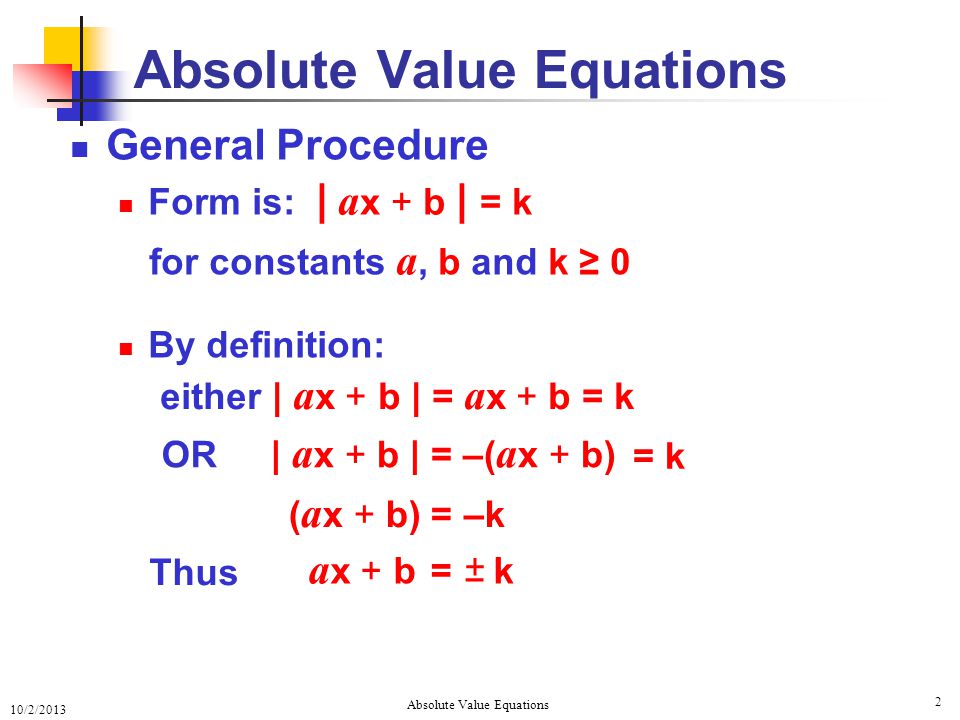 In addition, the monitor has an "athlete mode" designed for adults with an athletic build. Tanita defines an "athlete" as a person who is under the influence of intense physical activity for approximately 10 hours a week and has a heart rate of no more than 60 beats per minute. Individuals who have been athletes for a number of years but are currently exercising less than 10 hours per week may also use "Athlete Mode". Pregnant women can only use the weighing function. All other features are not intended for pregnant women.
In addition, the monitor has an "athlete mode" designed for adults with an athletic build. Tanita defines an "athlete" as a person who is under the influence of intense physical activity for approximately 10 hours a week and has a heart rate of no more than 60 beats per minute. Individuals who have been athletes for a number of years but are currently exercising less than 10 hours per week may also use "Athlete Mode". Pregnant women can only use the weighing function. All other features are not intended for pregnant women.
How does the body composition monitor work? Tanita body composition monitors calculate the composition of your body tissues using the Bioelectric Body Impedance Analysis (BIA) method. Safe, low electrical signals are passed through the body via Tanita's patented foot plates on the monitor platform. The signal easily travels through fluids in muscle and other tissues, but is resisted by passing through body fat, since fat contains little fluid. This resistance is called impedance. Next, to determine the composition of the body, the impedance values are entered into mathematical formulas obtained as a result of medical research. When is the best time to take measurements? The water content in the body changes throughout the day. A significant change in water content can affect the values obtained for body composition; for example, after a long night's sleep, there is a tendency to become dehydrated. Therefore, if you measure in the morning right after sleep, you will get a lower weight value and a higher body fat percentage. Large meals, drinking, menstruation, illness, exercise, and bathing can also change your body's water content. To get the most accurate readings, it's important to use the Body Composition Monitor at the same time of day and under the same conditions. We recommend taking measurements before dinner.
Next, to determine the composition of the body, the impedance values are entered into mathematical formulas obtained as a result of medical research. When is the best time to take measurements? The water content in the body changes throughout the day. A significant change in water content can affect the values obtained for body composition; for example, after a long night's sleep, there is a tendency to become dehydrated. Therefore, if you measure in the morning right after sleep, you will get a lower weight value and a higher body fat percentage. Large meals, drinking, menstruation, illness, exercise, and bathing can also change your body's water content. To get the most accurate readings, it's important to use the Body Composition Monitor at the same time of day and under the same conditions. We recommend taking measurements before dinner.
My TANITA
A free mobile application for synchronization with the TANITA device, which automatically records and stores the data received from the device.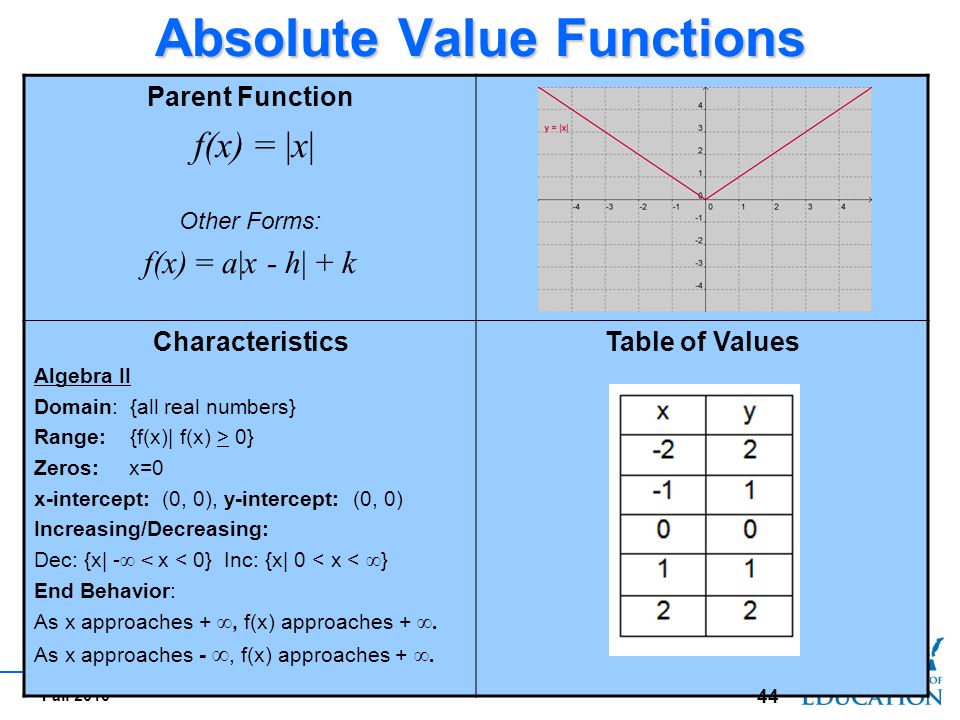 The application is available for installation on smartphones iPhone 4S and above, as well as Android 4.4 and above. Data transfer takes place via the Bluetooth 4.0 Smart protocol.
The application is available for installation on smartphones iPhone 4S and above, as well as Android 4.4 and above. Data transfer takes place via the Bluetooth 4.0 Smart protocol.
Compatible with models : RD-953, RD-545 SV, BC-401
App My TANITA
When is athlete mode recommended?
As a general guide, we recommend Athlete mode for those who do more than 12 hours of intense cardiovascular and strength training per week and have a resting heart rate of less than 60 beats per minute. (Some people naturally have a low heart rate - it doesn't apply if they don't train at that level.) They must also have been training at that level for at least 6 months.
There is no exact moment when a person becomes an "athlete" and people change. Some people fall into the gray area between athlete and non-athlete; get slightly underrated in Athlete Mode and slightly overrated in Standard Adult Mode.
Athlete mode is especially suitable for people in endurance sports such as running and cycling and cross-trainers. (Professional athletes and bodybuilders may still get an overestimation of body fat even in Athlete mode.)
Resume
Body Fat %
(applies to ages 5-99)
Your body fat percentage is very important in assessing your health. It divides your total weight into two categories: fat mass and everything else. You need fat to keep warm and protect your organs and joints. However, it is not healthy to have too much or too little fat.
If your body fat percentage is too low, your disease resistance and energy levels are lower and you are at risk of health problems. If your body fat percentage is too high, you are at a higher risk of developing diabetes and other health problems. Therefore, it is important to measure your body fat percentage and stay within the normal range.
If your body fat percentage is too high, you are at a higher risk of developing diabetes and other health problems. Therefore, it is important to measure your body fat percentage and stay within the normal range.
This article first explains the usefulness of BMI as a measurement. It then describes how you can accurately measure your body fat percentage. Finally, you'll be able to find out if you have a healthy body fat percentage and get tips on how to lose or gain weight.
What is the normal percentage of body fat?
These measurements are available for several age ranges.
Visceral fat
(belongs to the age of 18-99 years)
Visceral fat belongs to fat, which is located in the internal abdominal cavity, surrounding vital bodies in the field of the body (abdominal cavity). Unlike "normal" fat, visceral fat accumulates deeper in the skin, wrapping around your major organs such as the liver, pancreas, and kidneys, and provides some distance between each organ.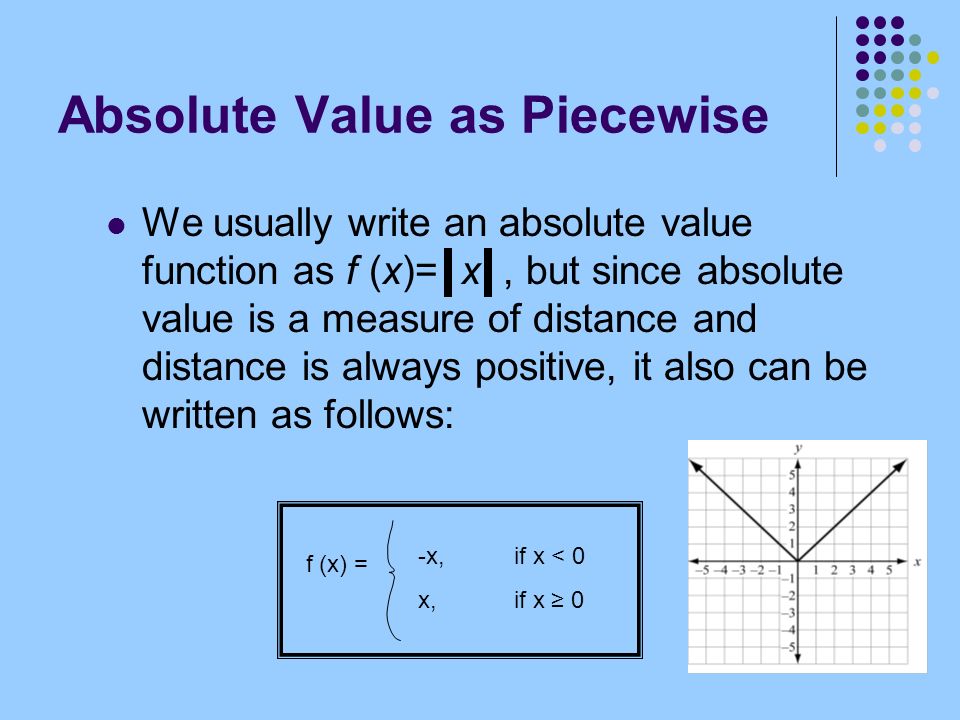 It is perfectly normal to have some visceral fat, however, too much can lead to certain health conditions such as heart disease, inflammation, and high blood pressure.
It is perfectly normal to have some visceral fat, however, too much can lead to certain health conditions such as heart disease, inflammation, and high blood pressure.
Another problem with having too much visceral fat is its effect on adiponectin, or "fat hormone". The function of adiponectin is to regulate the amount of fat in your body. Visceral fat, on the other hand, inhibits adiponectin and, as a result, causes the body to produce more fat than you need. High levels of visceral fat also affect your insulin sensitivity, which can lead to type 2 diabetes later in life.0003
Visceral fat is not always visible from the outside, so you won't know what it is until you measure it. This fact can make visceral fat much more dangerous. Fortunately, achieving visceral fat levels is possible and doable.
You can lower your visceral fat rating:
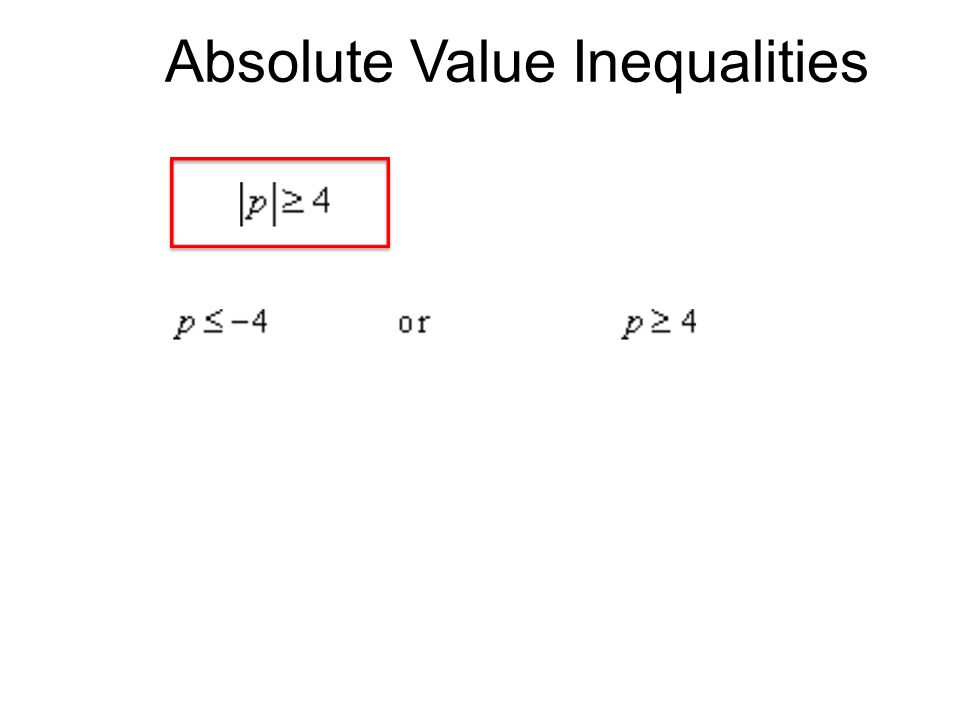
For a more accurate measurement of visceral fat, you can also use the body of the body of the Tanita body, which provides an assessment from 1 to 59.
Visceral fat rating from 1 to 12:
Indicates that you have a healthy level of visceral fat. Keep monitoring your rating to make sure it stays within a healthy range.
Visceral fat rating from 13 to 59:
Indicates that you have excess visceral fat. Consider making changes to your lifestyle, perhaps by changing your diet and/or increasing your exercise.
Water content, %
(applies to ages 18-99)
Total body water percentage is the percentage of water in your body expressed as a percentage. Water plays a vital role in many processes occurring in the body and is part of all cells, tissues and organs. Maintaining a normal total body water percentage will ensure the proper functioning of all body systems and reduce the risk of health problems. The water content in the body changes throughout the day. After a long night's sleep, there is a tendency to become dehydrated, and there are differences between daytime and nighttime fluid distribution. Large meals, alcohol consumption, menstruation, illness, exercise, and bathing can also change the body's water content. The percentage of body water obtained for your case should be considered as a guideline and should not be used to determine the absolute recommended value for your total body water percentage. It is important to monitor the change in the total percentage of water in the body for a long time and constantly maintain the normal value of this parameter. Drinking a large amount of water in a sitting position will not change the value of water content in the body.
Water plays a vital role in many processes occurring in the body and is part of all cells, tissues and organs. Maintaining a normal total body water percentage will ensure the proper functioning of all body systems and reduce the risk of health problems. The water content in the body changes throughout the day. After a long night's sleep, there is a tendency to become dehydrated, and there are differences between daytime and nighttime fluid distribution. Large meals, alcohol consumption, menstruation, illness, exercise, and bathing can also change the body's water content. The percentage of body water obtained for your case should be considered as a guideline and should not be used to determine the absolute recommended value for your total body water percentage. It is important to monitor the change in the total percentage of water in the body for a long time and constantly maintain the normal value of this parameter. Drinking a large amount of water in a sitting position will not change the value of water content in the body. In fact, due to weight gain, the value of body fat will increase. To track relative changes, you must constantly monitor all readings. Individual values vary greatly, but the following ranges of values for the total percentage of water in the body of a healthy adult can be given as guidelines:
In fact, due to weight gain, the value of body fat will increase. To track relative changes, you must constantly monitor all readings. Individual values vary greatly, but the following ranges of values for the total percentage of water in the body of a healthy adult can be given as guidelines:
Average healthy range:
- Women 45 to 60%
- Men 50 to 65%
As the percentage of body fat increases, the total percentage of water in the body decreases. With a high percentage of body fat, the value of the percentage of water in the body may be below average. As body fat decreases, total body water percentage should gradually approach the above typical range.
Body mass index
(applies to ages 5-99)
A measure that is used as a general measure of health. , indirectly determine whether underweight, normal, or overweight (obese) BMI is a good average for overall assessment, but has serious drawbacks when assessed at the individual level.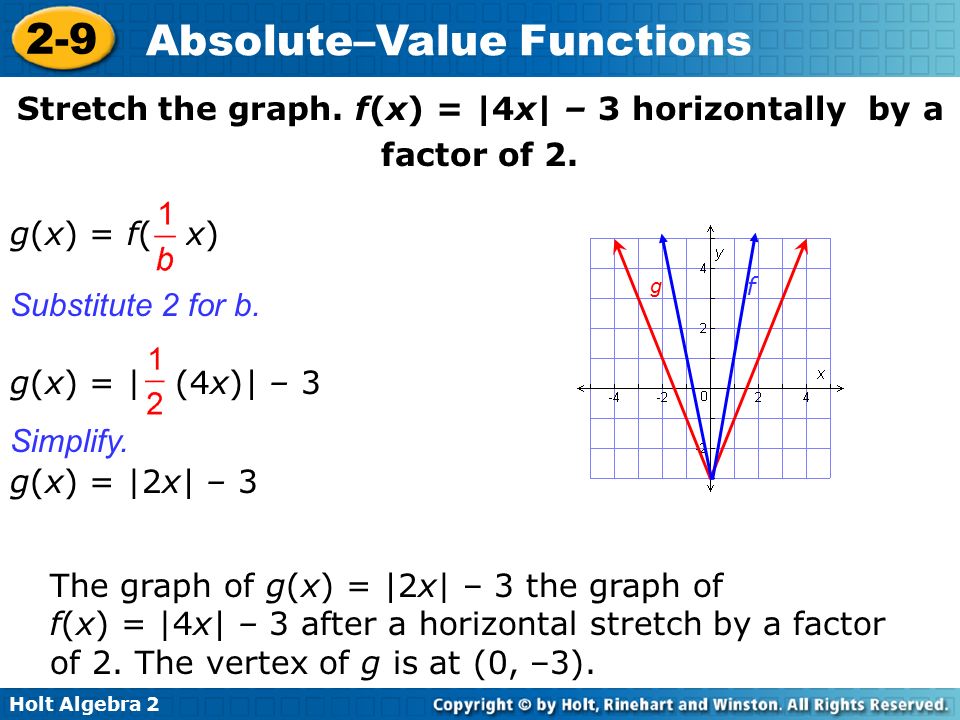
Muscle mass
(applies to ages 18-99)
This function of the device allows you to determine the weight of your body muscles. Muscle mass includes skeletal muscles, smooth muscles (such as the heart muscle and muscles of the digestive apparatus), and the water contained in these muscles. Muscles play an important role by acting as an energy-consuming engine. As muscle mass increases, energy consumption increases, which helps to naturally reduce excess fat and body weight.
Body Type
(applies to ages 18-99)
Based on your lean and fat measurements, Tanita will determine which of the 9 body types you are. As your activity level changes, the balance of body fat and muscle mass will gradually change, which affects your overall physique. The Physical Assessment provided by Tanita gives you an idea of what body type you currently have.
The following individuals may receive varying values and should use the values provided as a guide only: elderly, women during or after menopause, individuals receiving hormone therapy.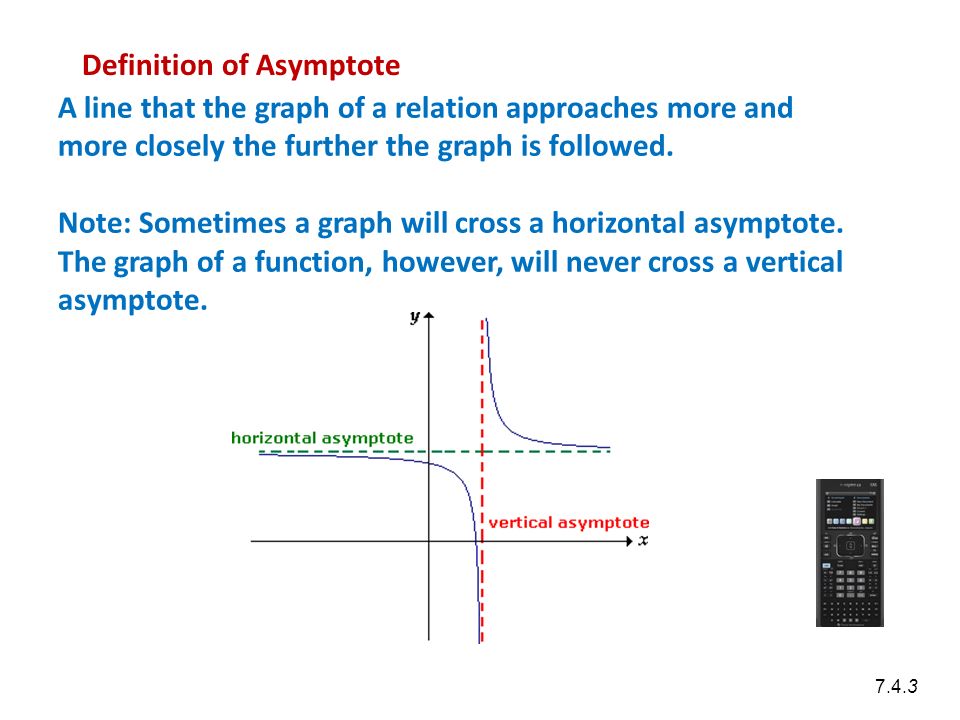
Body Rating 1: Hidden Obesity
Hidden obesity means that the body has a high percentage of body fat and low levels of muscle mass. Even if you look average from the outside, you have too much body fat. This can lead to obesity, which can lead to serious health problems. With proper nutrition and increased physical activity, you can reduce fat levels.
Body Rating 2: Obese
Obesity means that you have a high percentage of body fat and a standard level of muscle mass. Obese people should be careful. Obesity can lead to serious health problems. Consult a professional to help you when you think you might be obese.
Body Rating 3: Solidly built
This means you have a high percentage of body fat and a high level of muscle mass. Even though you may look big on the outside, you actually have a lot of muscle mass underneath.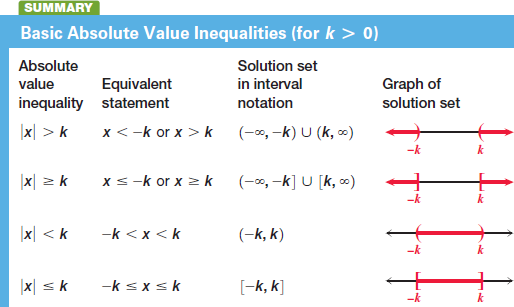
Body Rating 4: Weakness
Undertraining means you have average body fat and low muscle mass. You should start gaining muscle mass by exercising regularly.
Body Type 5: Standard
Standard body type means you have an average level of fat and muscle mass. People with a standard body type can make a lot of progress when they start exercising.
Body Rating 6: Standard Muscle
This means you have an average body fat percentage and a high level of muscle mass. This is a healthy body rating that you can be proud of. This is the rating that some athletes have.
Body Rating 7: Slim
This means you have low body fat and low muscle mass. Being too thin can lead to serious health problems, however, being a little thin is okay.
Body Rating 8: Slim and Muscular
This means that you have a small amount of fat and a standard level of muscle mass. Bikini body! Beware, people can be very jealous!
Bikini body! Beware, people can be very jealous!
Body Rating 9: very muscular
Very muscular people have little fat and a lot of muscle mass.
Bone mass
(applies to ages 18-99)
body. It determines only bone mass, but not the density and condition of the bones.
It is necessary and important to monitor your bone mass, maintain a balanced diet, calcium-rich foods, and it is also important to strengthen and maintain the whole body with special exercises. Individuals who suspect they have a musculoskeletal disease should consult their doctor. Individuals suffering from osteoporosis or low bone density due to aging, pregnancy, hormonal therapy, or other causes may not receive an accurate assessment of their bone mass. 90. Values less than 12 are displayed as "12", and values greater than 90 are displayed as "90".
Daily calorie consumption (DCI)
(belongs to the age of 18-99 years)
Basal metabolic rate (BMR) is the minimum amount of energy required at rest for the normal functioning of the body, including the respiratory and circulatory organs, nervous system, liver, kidneys and other organs. Calories are burned even during sleep. About 70% of all calories consumed daily are spent on basal metabolism. In addition, energy is expended in any kind of activity; the higher the activity level, the more calories burned.


